 Last Thursday, my colleague Karen shared her love for lists, her love of book lists, and her views on how those book lists help her sort books into three categories of “Pleasure, Guilt, and Defiance.” I am also a lover of those lists that come out at the end of the year because they give a nice summary of the year that is leaving, and they can give a good signal to what to expect in the New Year. Additionally, I love the book lists that are published in various venues, and I read them often. I agree with Karen that most of the books can be neatly sorted into the three categories: books I know I will really enjoy, books that are either good for me and I really should read, but I just don’t want to, and books I will not read no matter how highly they are acclaimed.
Last Thursday, my colleague Karen shared her love for lists, her love of book lists, and her views on how those book lists help her sort books into three categories of “Pleasure, Guilt, and Defiance.” I am also a lover of those lists that come out at the end of the year because they give a nice summary of the year that is leaving, and they can give a good signal to what to expect in the New Year. Additionally, I love the book lists that are published in various venues, and I read them often. I agree with Karen that most of the books can be neatly sorted into the three categories: books I know I will really enjoy, books that are either good for me and I really should read, but I just don’t want to, and books I will not read no matter how highly they are acclaimed. 
In other words, the “pleasure” category is going to be the winner every time. I have reached an age where I do not want to waste my time and energy reading something I do not really like. I tend to be genre driven, loyal to characters, and subsequently, loyal to various writers. Of course, I am always looking for a new author’s work to read, and I find some nice little surprises when I browse library book shelves and book store shelves, both real and virtual. I usually know within the first few pages or at least the first chapter if a book is a good fit for me.
 When I was younger, I finished every book I read most of the time. However, as I have matured, I am more apt to discard a book or at least to skim large portions of it if I just have to find out who was the murderer or to find out if a happy ending is in the works. I may have become shallow in my reading to a certain extent, but I am giving myself permission to go with the pleasurable aspect of reading above all else.
When I was younger, I finished every book I read most of the time. However, as I have matured, I am more apt to discard a book or at least to skim large portions of it if I just have to find out who was the murderer or to find out if a happy ending is in the works. I may have become shallow in my reading to a certain extent, but I am giving myself permission to go with the pleasurable aspect of reading above all else.
So for 2016, my goal is to see what the critics say, read the book lists, browse some shelves, and then just READ. I look forward to a year of figuring out mysteries, of being spell bound by beautiful words, and of getting caught up in a story. I hope I can entice many of you to share the journey with me. Happy 2016.

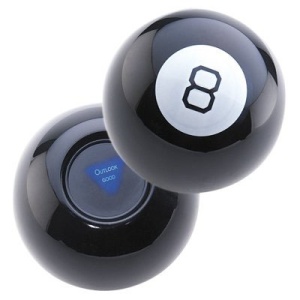
 My colleague teaches Anatomy and Physiology. She does an amazing job at being able to present the material in a succinct and extremely clear manner. I wish I had had her for my bout with this subject! Is it easy for the students because of her clarifications? Heck, no! Easy has no place in A and P. She has spent and continues to spend countless hours in planning and dissecting the text to create simple (notice I didn’t use the word easy here) ways of explaining the material and stressing to students that you must learn the basics before you can understand the complexity of future information. Nothing must or should be assumed here!
My colleague teaches Anatomy and Physiology. She does an amazing job at being able to present the material in a succinct and extremely clear manner. I wish I had had her for my bout with this subject! Is it easy for the students because of her clarifications? Heck, no! Easy has no place in A and P. She has spent and continues to spend countless hours in planning and dissecting the text to create simple (notice I didn’t use the word easy here) ways of explaining the material and stressing to students that you must learn the basics before you can understand the complexity of future information. Nothing must or should be assumed here! Did they forget the tried and true, or did they think that the new and improved mouse trap would outperform the simple method? Remember we are talking about simplicity here. Could the doctors be in the same situation as the
Did they forget the tried and true, or did they think that the new and improved mouse trap would outperform the simple method? Remember we are talking about simplicity here. Could the doctors be in the same situation as the 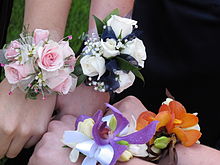 It was virtually impossible to convince these flower fashion divas that the prettiest and most sophisticated bouquet was always the simplest. Heavens, no! When I would say “less is more,” they would just look at me as though I had no clue. I laugh now remembering one who one had “no clue”! You know, looking back on those days, the prettiest bouquet I ever made was a softball-sized bunch of purple violets in a little silver holder. I still get compliments on that one.
It was virtually impossible to convince these flower fashion divas that the prettiest and most sophisticated bouquet was always the simplest. Heavens, no! When I would say “less is more,” they would just look at me as though I had no clue. I laugh now remembering one who one had “no clue”! You know, looking back on those days, the prettiest bouquet I ever made was a softball-sized bunch of purple violets in a little silver holder. I still get compliments on that one. There is no day like Day 1 of anything. It is the unknown. It is the unexperienced moment just ahead. For a teacher, there was Day 1 of teaching. Then as months or years pile up, there is Day 1 of a new term. No matter how much subject matter knowledge a teacher has, the first sight of an incoming class has its butterflies. The students have them, too. Everybody is thrown in to a new chemistry that hasn’t happened yet, and everyone gets to be a butterfly in the making—even the teacher.
There is no day like Day 1 of anything. It is the unknown. It is the unexperienced moment just ahead. For a teacher, there was Day 1 of teaching. Then as months or years pile up, there is Day 1 of a new term. No matter how much subject matter knowledge a teacher has, the first sight of an incoming class has its butterflies. The students have them, too. Everybody is thrown in to a new chemistry that hasn’t happened yet, and everyone gets to be a butterfly in the making—even the teacher.

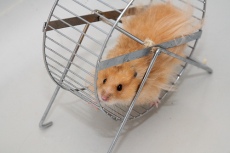 Today’s quote from the folks at
Today’s quote from the folks at 

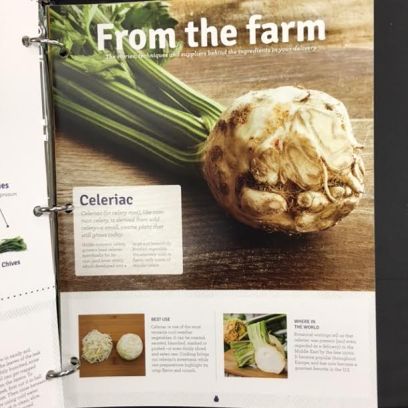
 Spring and summer always mean enjoying the hummingbird feeder. Then comes the October sigh, and the lack of entertainment outside the kitchen window. Last winter we filled the other feeder with seeds a few times but then left off because the birds emptied it so fast. The kitchen just isn’t the same without birds through the glass, so we’ve filled the feeder twice now, drawing the following: house finch, chickadee, titmouse, cardinal, dove, and downy woodpecker. This winter, the commitment is to buy seed regularly and do the chore of filling the feeder. Unless one buys a ticket for entertainment, any good sight usually has an attending chore.
Spring and summer always mean enjoying the hummingbird feeder. Then comes the October sigh, and the lack of entertainment outside the kitchen window. Last winter we filled the other feeder with seeds a few times but then left off because the birds emptied it so fast. The kitchen just isn’t the same without birds through the glass, so we’ve filled the feeder twice now, drawing the following: house finch, chickadee, titmouse, cardinal, dove, and downy woodpecker. This winter, the commitment is to buy seed regularly and do the chore of filling the feeder. Unless one buys a ticket for entertainment, any good sight usually has an attending chore.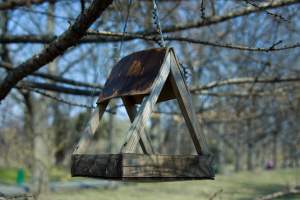
 When I was growing up, it was an insult to be called a birdbrain. However, this might now be considered a compliment. After all, if birds were so incidental and trifling, we would not spend so much time looking at them. There also used to be an old saying about having “another feather in your cap.” That was a compliment, and the saying has been out of use long enough from its cliché days to reintroduce it to conversation.
When I was growing up, it was an insult to be called a birdbrain. However, this might now be considered a compliment. After all, if birds were so incidental and trifling, we would not spend so much time looking at them. There also used to be an old saying about having “another feather in your cap.” That was a compliment, and the saying has been out of use long enough from its cliché days to reintroduce it to conversation.